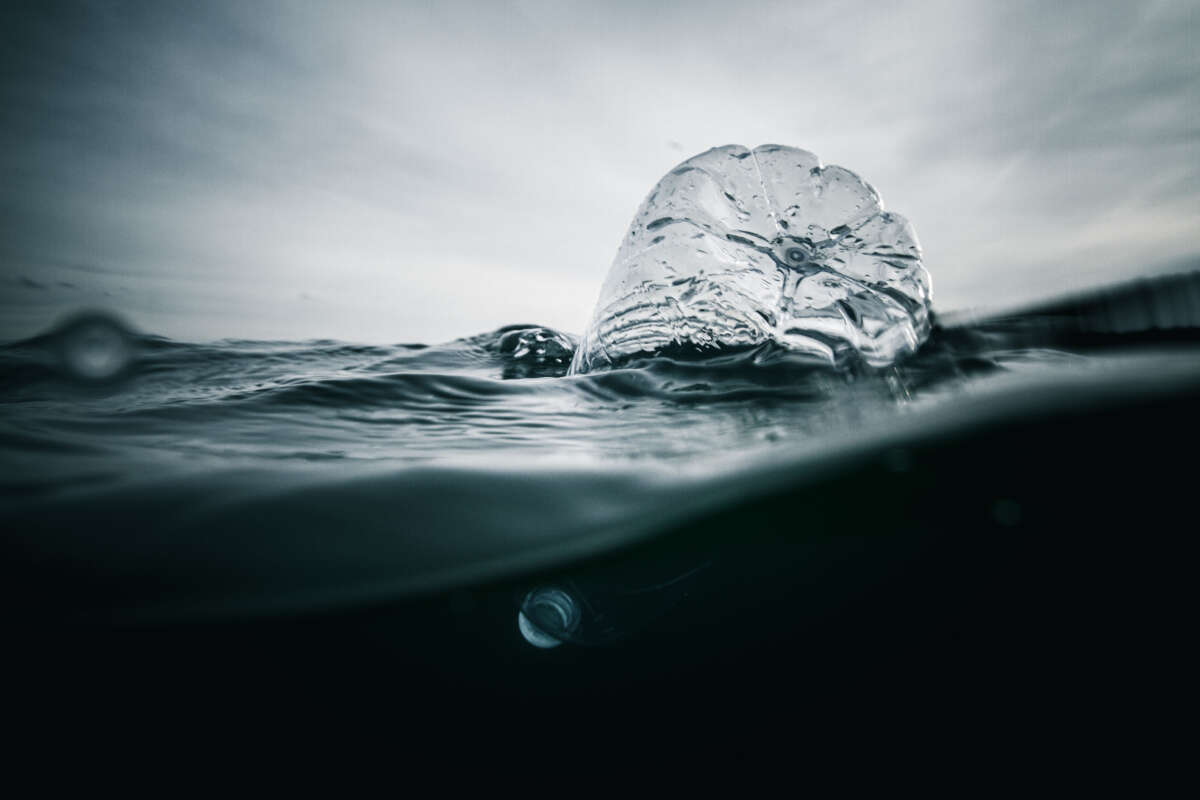A new study published in the New England Journal of Medicine suggests that there may be a strong link between microplastics and cardiovascular disease.
The study, which examined 257 patients in Italy who had cardiovascular disease and surgery to remove plaque within their arteries, discovered that more than half of those who were looked at had measurable amounts of microplastics and nanoplastics (MNPs) within them — specifically, polyethylene and polyvinyl chloride.
Across the span of three years, these individuals also saw their risk of major cardiac events (including heart attacks and strokes) increase by 4.5 times.
The findings are incredibly alarming to researchers, though they have cautioned that they don’t yet definitively prove a direct correlation between microplastics within a person’s bloodstream and higher rates of cardiovascular disease.
“Patients with carotid artery plaque in which MNPs were detected had a higher risk of a composite of myocardial infarction, stroke, or death from any cause at 34 months of follow-up than those in whom MNPs were not detected,” the study’s authors concluded.
Eric Topol, executive vice president of Scripps Research, responded to the study in a Substack blog post last week.
“It is a deeply concerning report that will (of course) require independent replication,” Topol wrote. “The massive, unchecked buildup of plastics with overwhelming evidence of our ingestion and inhalation, with systemic distribution within our bodies through blood circulation, should provoke major efforts to get ahead of this plastic-demic.”
The new study takes the worry about micronanoplastics to a new level — getting into our arteries and exacerbating the process of atherosclerosis, the leading global killer — and demands urgent attention.
Due to global plastics pollution, microplastics and nanoplastics are everywhere on the globe — from the deepest ocean depths to the highest mountain peaks. They’ve even been discovered in the atmosphere and within clouds.
Recycling isn’t an option for dealing with microplastics, as studies have demonstrated that chemicals can migrate from reusable plastics to the foods they touch.
There are promising possibilities that include the replacement of plastics for storage of everyday products, including utilizing silk for such purposes, as that product and others like it are much better at biodegrading. However, experts note that the world’s reliance on plastics isn’t going to end anytime soon, and with plastics taking hundreds of years to biodegrade, the issue of microplastics is one that will stick around for decades to come, if not longer.
Join us in defending the truth before it’s too late
The future of independent journalism is uncertain, and the consequences of losing it are too grave to ignore. We have hours left to raise the $12,0000 still needed to ensure Truthout remains safe, strong, and free. Every dollar raised goes directly toward the costs of producing news you can trust.
Please give what you can — because by supporting us with a tax-deductible donation, you’re not just preserving a source of news, you’re helping to safeguard what’s left of our democracy.
